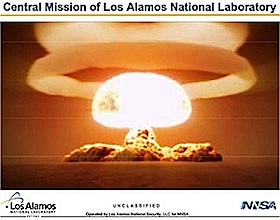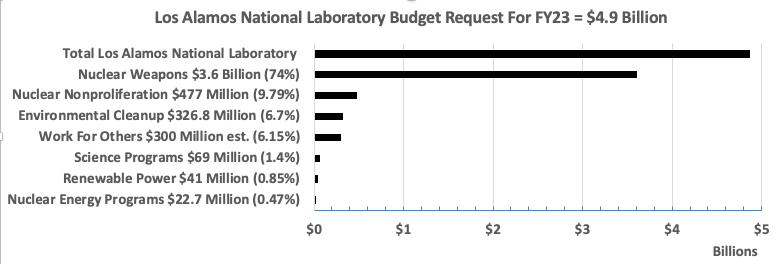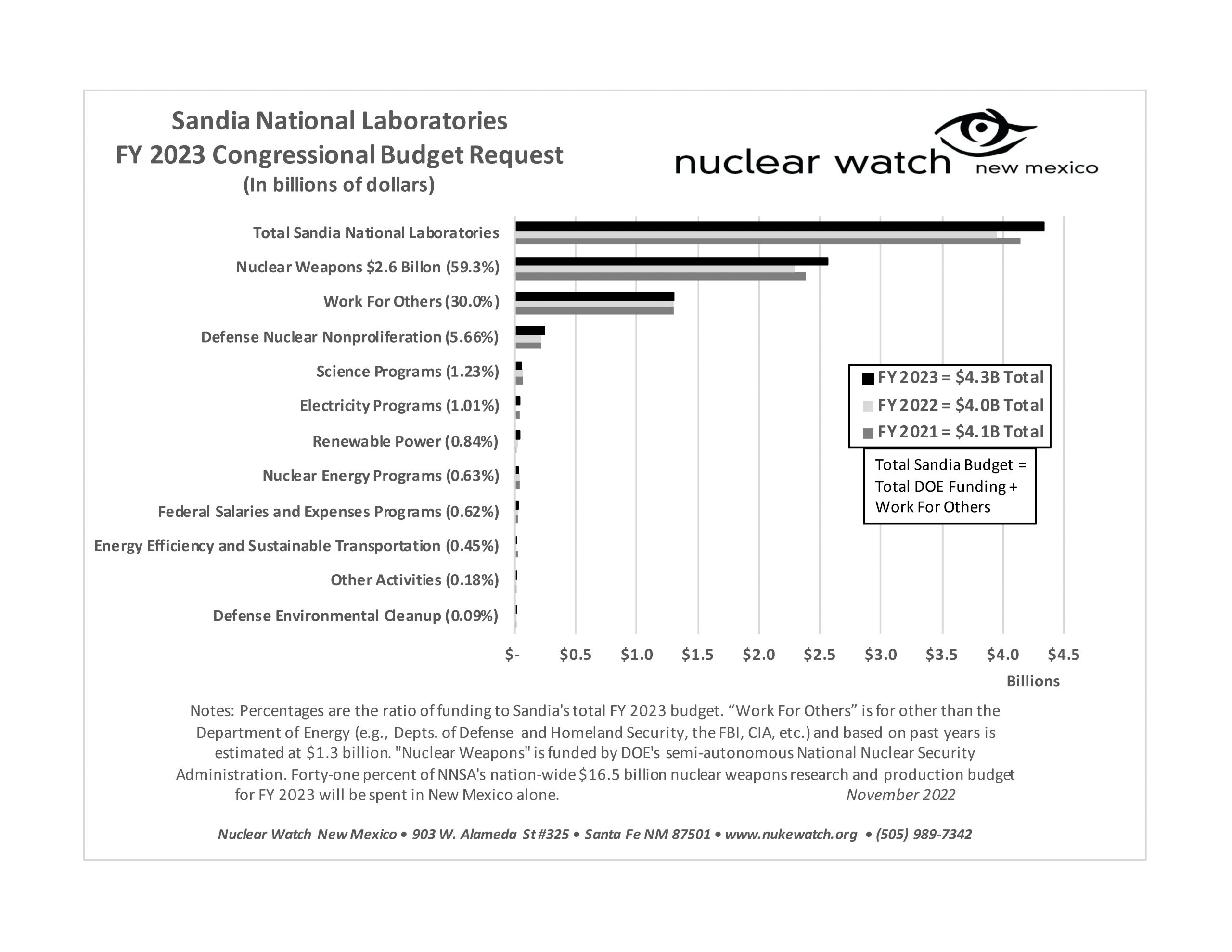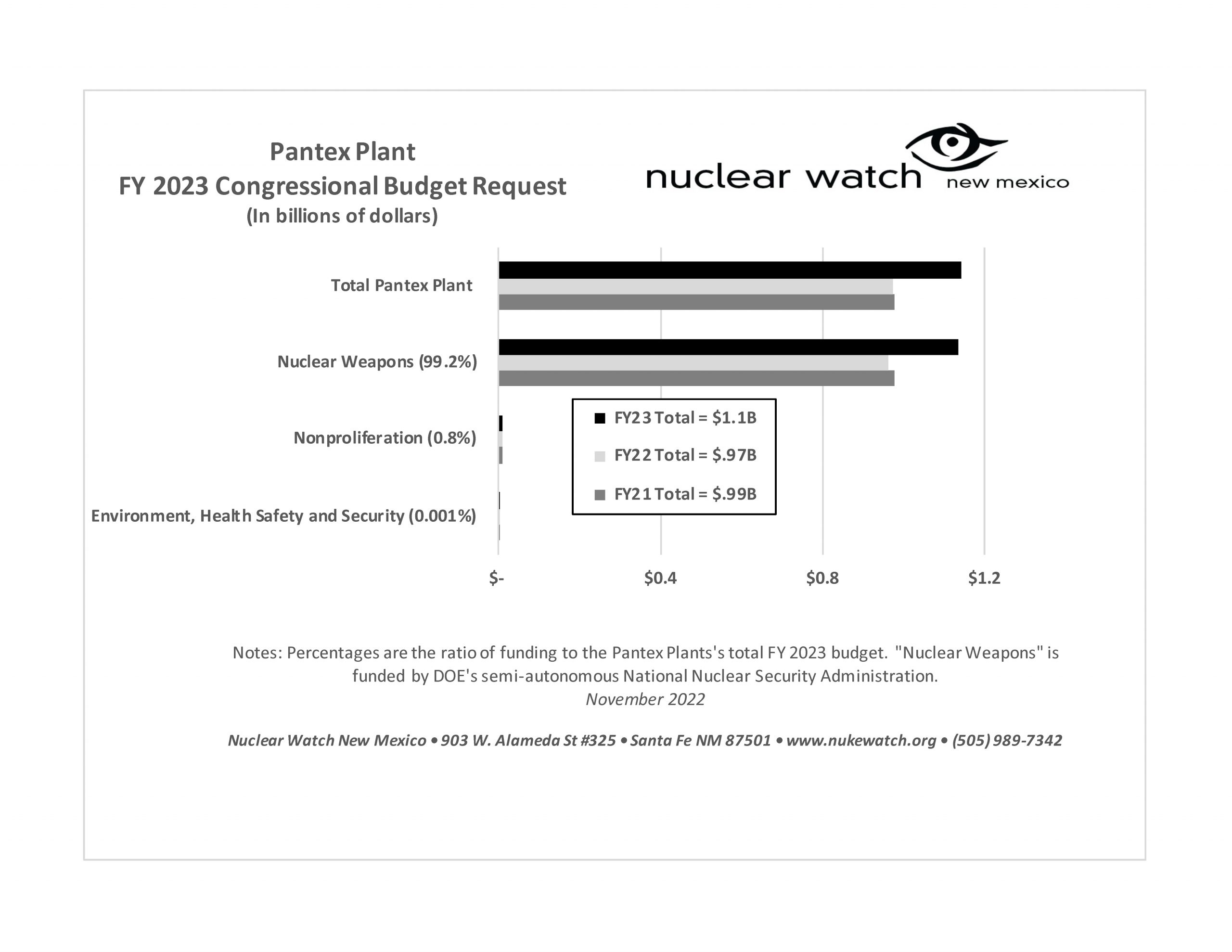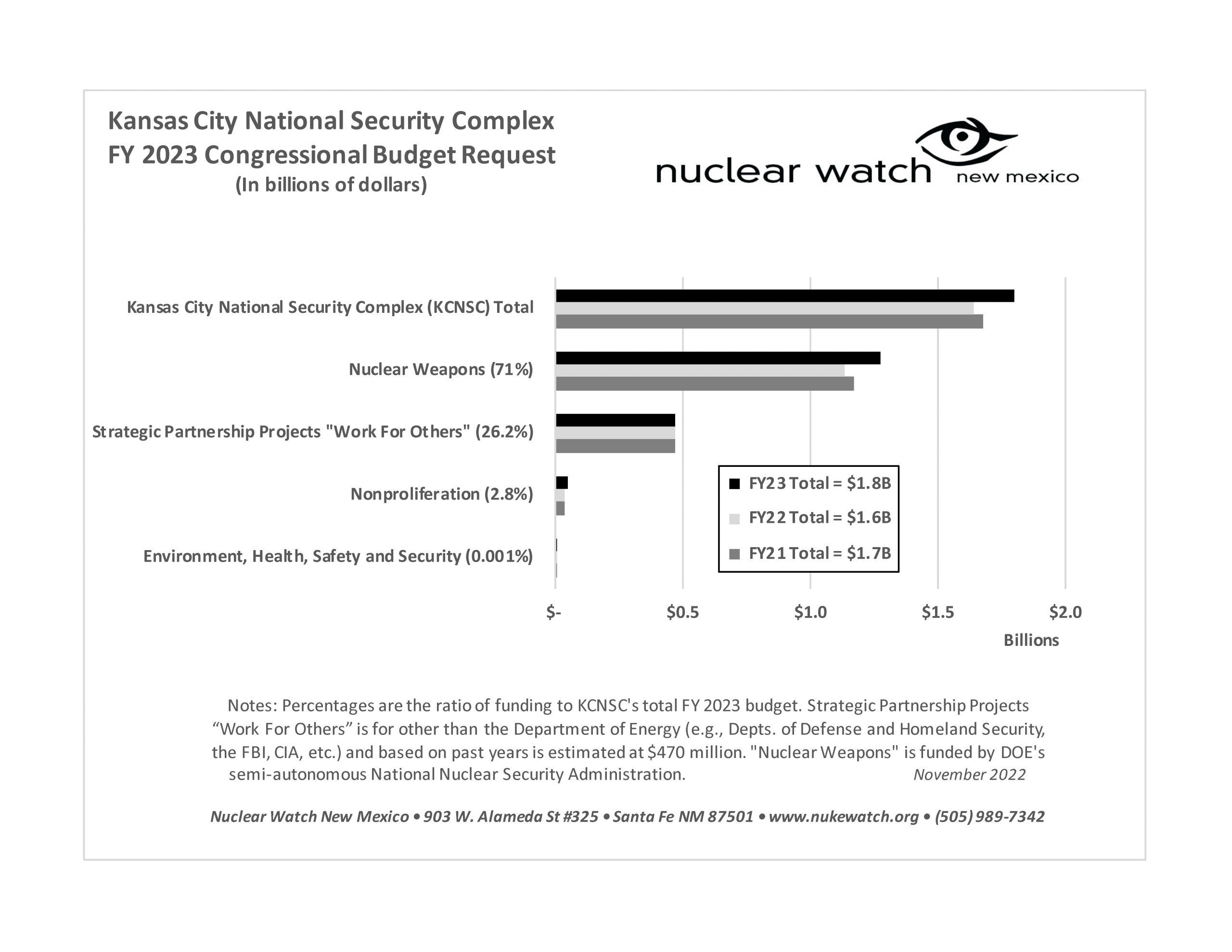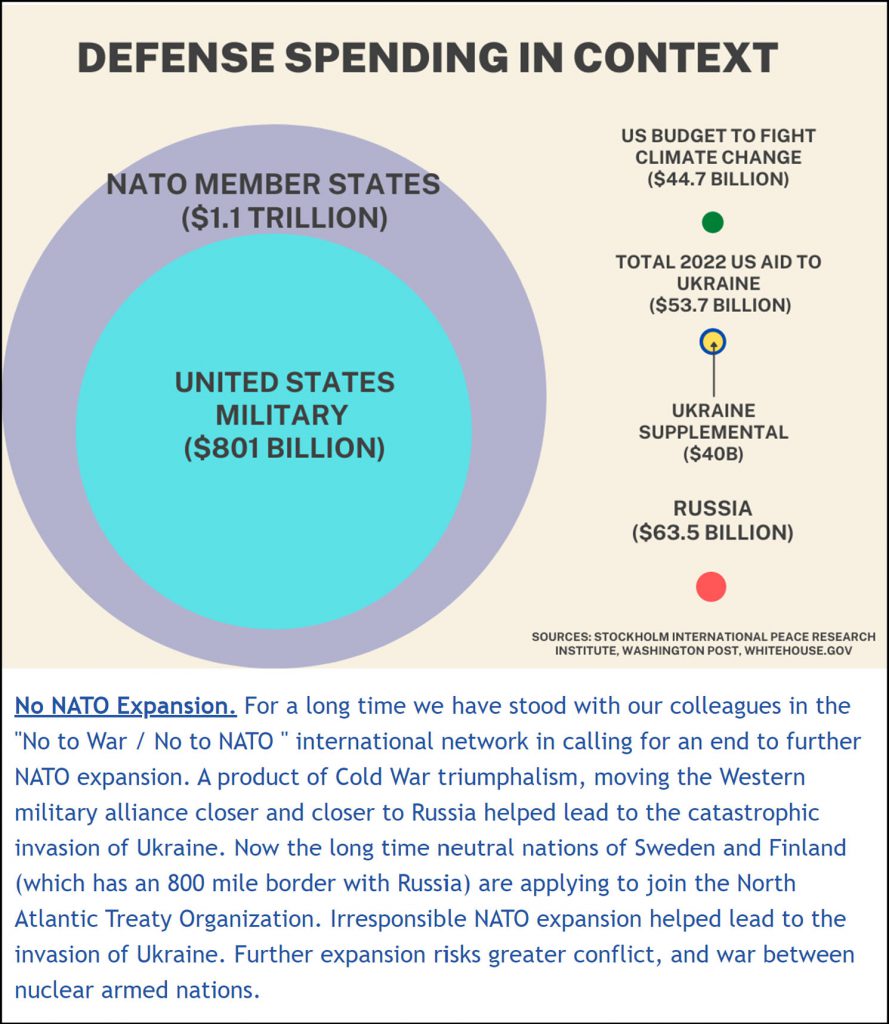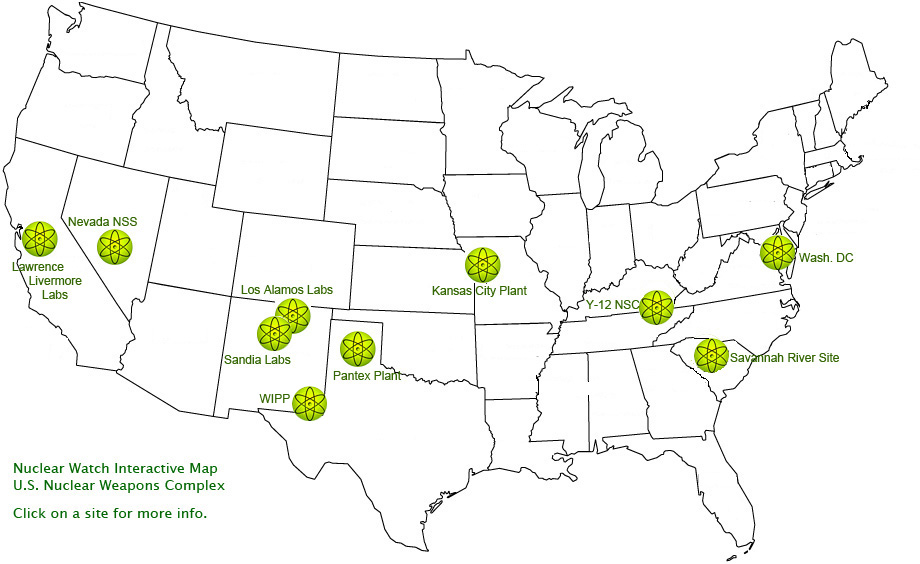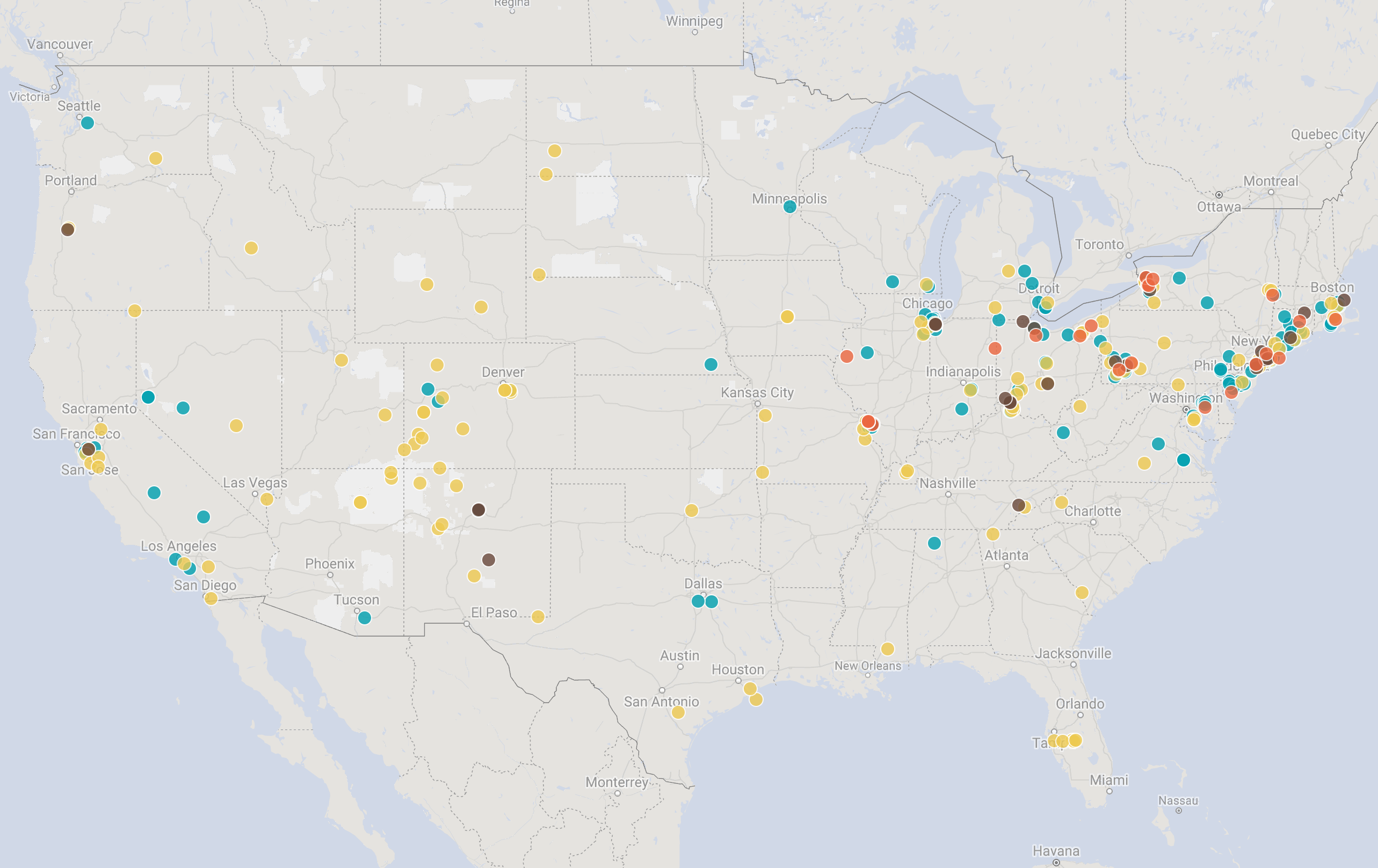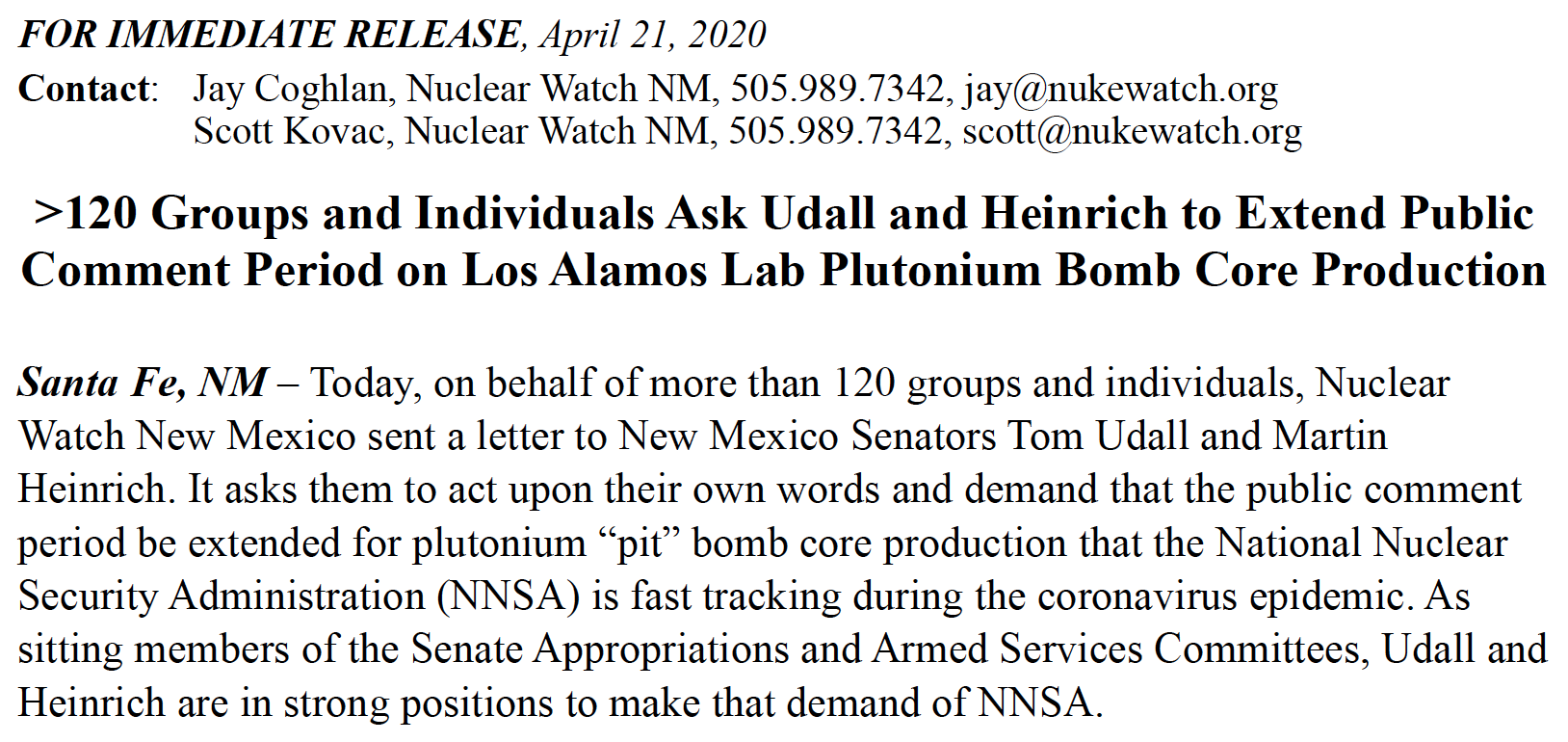QUOTE OF THE WEEK
Nothing Found
It seems we can’t find what you’re looking for. Perhaps searching can help.
LANL’s Central Mission: Los Alamos Lab officials have recently claimed that LANL has moved away from primarily nuclear weapons to “national security”, but what truly remains as the Labs central mission? Here’s the answer from one of its own documents:
LANL’s “Central Mission”- Presented at: RPI Nuclear Data 2011 Symposium for Criticality Safety and Reactor Applications (PDF) 4/27/11
Banner displaying “Nuclear Weapons Are Now Illegal” at the entrance in front of the Los Alamos National Lab to celebrate the Entry Into Force of the Nuclear Weapon Ban Treaty on January 22, 2021
Nothing Found
It seems we can’t find what you’re looking for. Perhaps searching can help.
Follow the Money!
Map of “Nuclear New Mexico”
Nuclear Watch Interactive Map – U.S. Nuclear Weapons Complex
In 1985, US President Ronald Reagan and and Russian President Mikhail Gorbachev declared that “a nuclear war cannot be won and must never be fought.”
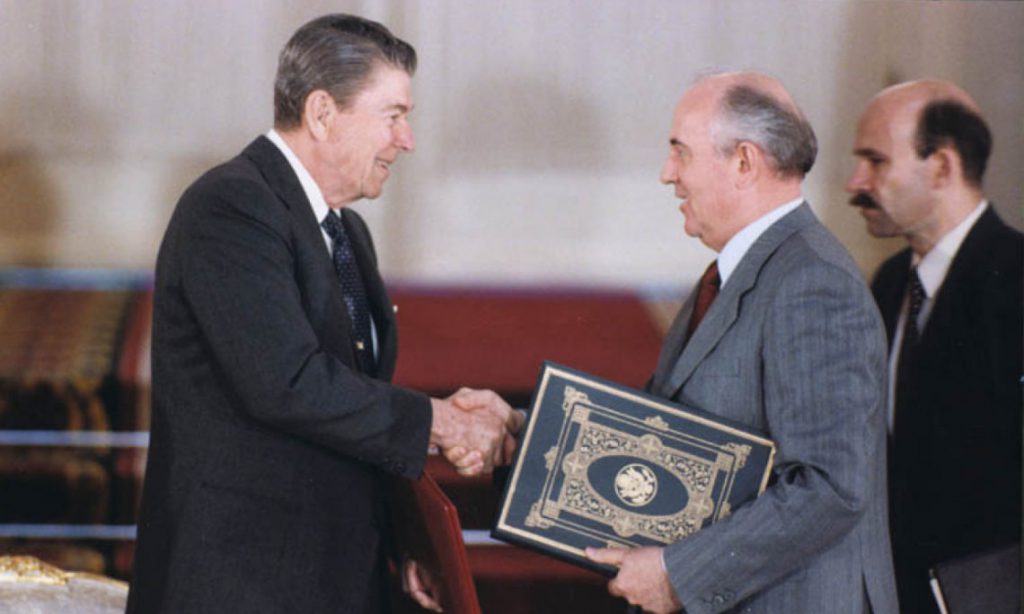
Waste Lands: America’s Forgotten Nuclear Legacy
The Wall St. Journal has compiled a searchable database of contaminated sites across the US. (view)
Related WSJ report: https://www.wsj.com
2022 BLOG POSTS
Nothing Found
It seems we can’t find what you’re looking for. Perhaps searching can help.
New & Updated
STALKING CHERNOBYL: exploration after apocalypse (Trailer) from Cultures of Resistance Films on Vimeo.
“A vivid and compelling film… where a dose of adrenaline matters more than a dose of radiation.” — Beyond Nuclear International
“Stalking Chernobyl: Exploration After Apocalypse” (2020) is a fascinating documentary from Cultures of Resistance Films that offers a unique portal into the clandestine culture that has developed around the Chernobyl Exclusion Zone three decades after the world’s worst nuclear disaster.
Defense budget cuts following the pandemic will be hard to swallow
BY: DOV S. ZAKHEIM | thehill.com

Congress has appropriated more than $2.25 trillion to counter the impact of COVID-19 on American families and the economy. It is likely to spend even more once legislators return from their recess in early May. This unprecedented level of expenditure is resulting in a massive deficit and national debt levels that are likely to exceed 120 percent of the nation’s gross domestic product, especially as GDP growth itself is no longer a foregone conclusion. In turn, there will be renewed pressure on the defense budget, which already is forecast to have no real growth in fiscal year 2021.
NNSA lengthens comment period for Savannah River pit production environmental study
BY: COLIN DEMAREST | aikenstandard.com
The National Nuclear Security Administration has extended the period in which it is taking comments and input on its draft review of the environmental impacts of plutonium pit production at the Savannah River Site.

Feedback can now be submitted through June 2. The previous deadline was May 18.
Comments concerning the Savannah River Site plutonium pit production draft environmental impact statement can be emailed, the preferred method, to NEPA-SRS@srs.gov. Comments can also be mailed to Jennifer Nelson, NEPA Document Manager, National Nuclear Security Administration, Savannah River Field Office, P.O. Box A, Aiken, S.C. 29802.
“STALKING CHERNOBYL” Q&A EVENT ON APRIL 26
On Sunday, 26 April 2020 the UN-designated International Chernobyl Disaster Remembrance Day, “Stalking Chernobyl” director Iara Lee hosted a live online Q&A session moderated by Jodie Evans, CODEPINK founder, with:
• Cindy Folkers, Radiation & Health Specialist from Beyond Nuclear International
• Sergii Mirnyi, scientist/tour operator from Chernobyl Tours
• Vitaly Servetnik from Friends of the Earth/Russian Socio-Ecological Union
• “Stalking Chernobyl” editor Dimo Petkov, cameraman Anton Fedorrko, co-producer Oleg Shalashov
• Dominik Orfanus, Yurij Syrcek, and Igor Pasko from the ; Chernobyl Welcome Tour Company
• Vladislav Voznjuck from the stalker/tour group DiggTour
• Lucas Brunelle, extreme cyclist and creator of ” Lucas Brunelle Goes To Chernobyl”
The discussion was livestreamed to Cultures of Resistance’s Facebook page at https://www.facebook.com/CulturesOfResistance/ and YouTube channel at https://www.youtube.com/user/CulturesofResistance
New Mexico’s U.S. senators request more time for comment on LANL pit production
A letter from 120 activist groups and citizens has prompted the state’s two U.S. senators to ask federal agencies to give the public more time to comment on possible environmental effects of pit production at Los Alamos Laboratory.
ARTICLE BY: SCOTT WYLAND | santafenewmexican.com
U.S. Sens. Tom Udall and Martin Heinrich wrote to the National Nuclear Security Administration on Wednesday, urging it to extend the public comment period to June 19 on its environmental study of the lab’s future production.
They cited challenges presented by the COVID-19 crisis and referred to a letter they received from activists who had asked for the June 19 extension.
“We continue to believe that providing the public ample opportunity to comment on environmental documents … provides an invaluable source of expertise to NNSA’s decision-makers, enhances transparency and ensures accountability,” the senators wrote. “We respectfully request that you give careful consideration to extending the public comment period.”
60+ Orgs to Congress: No More COVID-19 Money For the Pentagon
 commondreams.com WASHINGTON – Congressional leadership must ensure that future COVID-19 response bills do not include any additional funds for the Pentagon, 61 organizations representing pro-diplomacy, veteran, faith, environmental, and anti-war communities, and more, from across the country, said in a letter today.
commondreams.com WASHINGTON – Congressional leadership must ensure that future COVID-19 response bills do not include any additional funds for the Pentagon, 61 organizations representing pro-diplomacy, veteran, faith, environmental, and anti-war communities, and more, from across the country, said in a letter today.
The letter, led by Win Without War, states that the Pentagon’s $756 billion budget provides more than enough resources to respond to the crisis caused by the pandemic. While there may be a limited role for the Pentagon in responding to the crisis — by, for example, aiding with construction of hospitals — the letter’s signers agree that these activities should be funded by the already-oversized Pentagon budget.
Letter to NNSA from NM Senators Udall & Heinrich Calling for Extended Comment Period on Expanded Plutonium Pit Production
[embeddoc url=”https://nukewatch.org/wp-content/uploads/2020/04/Senators-letter-to-NNSA-4-22.pdf” download=”all” viewer=”google”]
Letter With >120 Group & Individual Sign-Ons Asks Udall and Heinrich to Extend Public Comment Period on Los Alamos Lab Plutonium Bomb Core Production
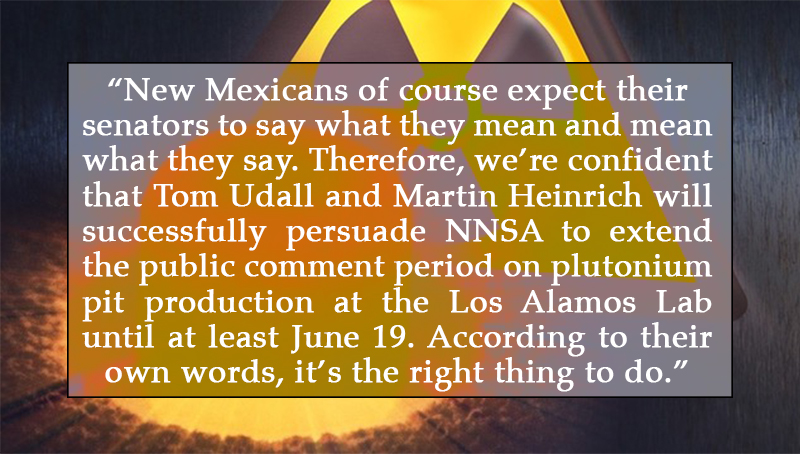
Today, on behalf of more than 120 groups and individuals, Nuclear Watch New Mexico sent a letter to New Mexico Senators Tom Udall and Martin Heinrich. It asks them to act upon their own words and demand that the public comment period be extended for plutonium “pit” bomb core production that the National Nuclear Security Administration (NNSA) is fast tracking during the coronavirus epidemic. As sitting members of the Senate Appropriations and Armed Services Committees, Udall and Heinrich are in strong positions to make that demand of NNSA.
How the Military-Industrial Complex Is Using the Coronavirus
Arms industry lobbyists are addressing this pandemic and preparing for the next by pushing weapons sales.
ARTICLE BY: SCOTT WYLAND | santafenewmexican.com
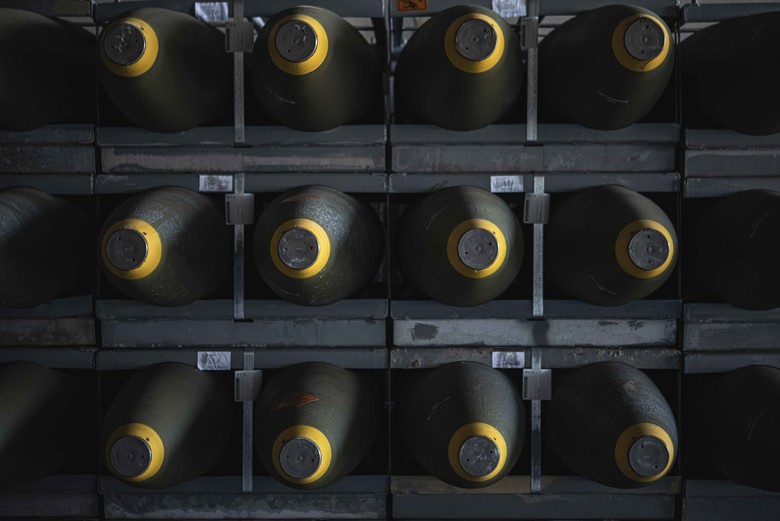
There’s a battle brewing for the future of national security spending.
On one side, there’s a growing bipartisan consensus that the coronavirus has fundamentally changed the way we should think about national security. Ben Rhodes, former deputy national security adviser in the Obama White House, recently argued in The Atlantic that we have to rethink the orientation and priorities of our government, and “it makes no sense that the Pentagon budget is 13 times larger than the entire international-affairs budget, which funds the State Department, USAID, and global programs at other agencies.”
Kori Schake, the director of foreign and defense policy studies at the conservative American Enterprise Institute, said the bottom line is that “we’re going to see enormous downward pressure on defense spending because of other urgent American national needs like health care.”
Congress Should Hit Pause On The New Intercontinental Ballistic Missile
Within just a few years, the estimated cost of GBSD skyrocketed from $62 billion to $85 billion to $150 billion, and is now likely to be even higher.
ARTICLE BY: MATT KORDA | forbes.com
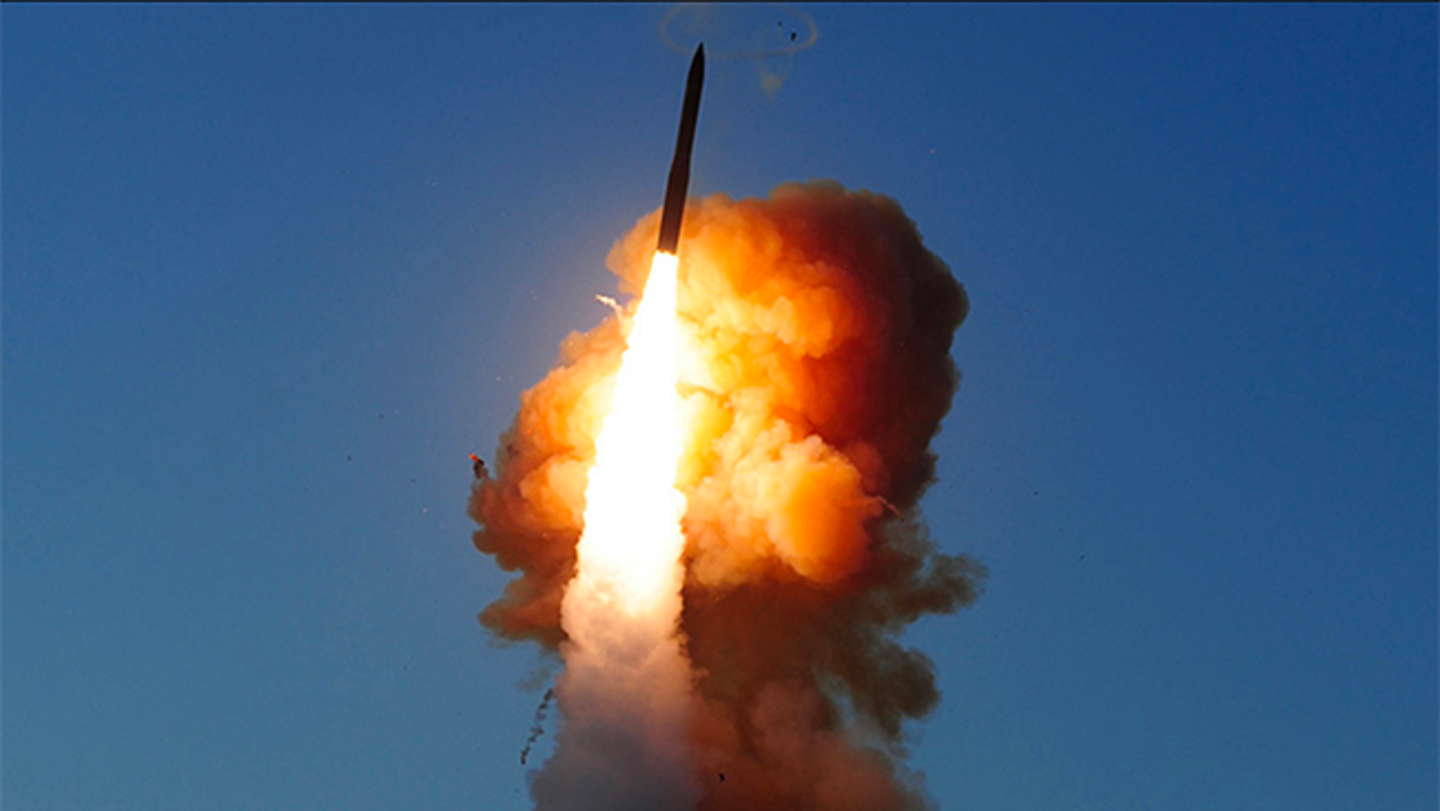 Although the COVID-19 pandemic has caused daily life to grind to a halt, it has had little effect on the military-industrial complex––which, incredibly, appears to be speeding up.
Although the COVID-19 pandemic has caused daily life to grind to a halt, it has had little effect on the military-industrial complex––which, incredibly, appears to be speeding up.
Late last week, the Air Force revealed that it was considering awarding one of its most important contracts––the massive Engineering and Manufacturing Development contract for the next generation of intercontinental ballistic missiles––even earlier than expected, in an attempt to lock the program in as soon as possible.
This news comes only two months after the release of the President’s FY21 budget request, which also raised eyebrows given the dramatic increase to the nuclear weapons budget––and particularly, the tripling of the ICBM budget.
Stalking Chernobyl
Chernobyl is a place of loss and abandonment. The Zone is radioactive. So why do people flock there today? Iara Lee’s fascinating documentary goes with them to find out, and reminds us about life there before the April 26, 1986 nuclear disaster.
ARTICLE BY: LINDA PENTZ GUNTER | beyondnuclear.org
For most of us, Pripyat — the Ukrainian city that has become an iconic symbol of forced abandonment — summons images of drab, Soviet decay. Pripyat is a place of ghastly tower blocks, rusting playgrounds, a deserted Ferris wheel and peeling paint, its workforce trudging like automata to toil at the doomed Chernobyl nuclear power plant just 2.5km away.
But in the opening sequence of Iara Lee’s new documentary — Stalking Chernobyl; exploration after the apocalypse — we see a very different Pripyat, before the April 26, 1986 nuclear disaster. It is a place of singing and roses, swimming pools and picnics, and dancing babushkas.
And then, as someone in the film says, “On April 26, what had once been our pride became our grief.”
The Women Who Told Chernobyl’s Story – And the Charity that Sees Those Consequences First Hand
Three great women writers have done so much to tell the story of Chernobyl. Their focus was not on the accident itself, but its impact on the people of Belarus and Ukraine.
ARTICLE BY: LINDA WALKER | beyondnuclear.org
Alla Yaroshinskaya
When reactor No 4 at the Chernobyl Nuclear Power Plant blew up in the early hours of 26th April 1986, it threw millions of curies of radioactive materials into the air, forming a 2km high plume.
Amongst the most dangerous isotopes it released were iodine 131, caesium 137 and strontium 90.
But according to Alla Yaroshinskaya, a journalist whose tenacity was responsible for revealing much of the subsequent cover-up, the most dangerous substance to escape from the mouth of the reactor did not appear on the periodic table. It was Lie-86, a lie as global as the disaster itself.
Continue reading
Northrop could get $85 billion award to make next-gen ICBMs sooner than expected
Within just a few years, the estimated cost of GBSD skyrocketed from $62 billion to $85 billion to $150 billion, and is now likely to be even higher.
ARTICLE BY: VALERIE INSINNA| defensenews.com
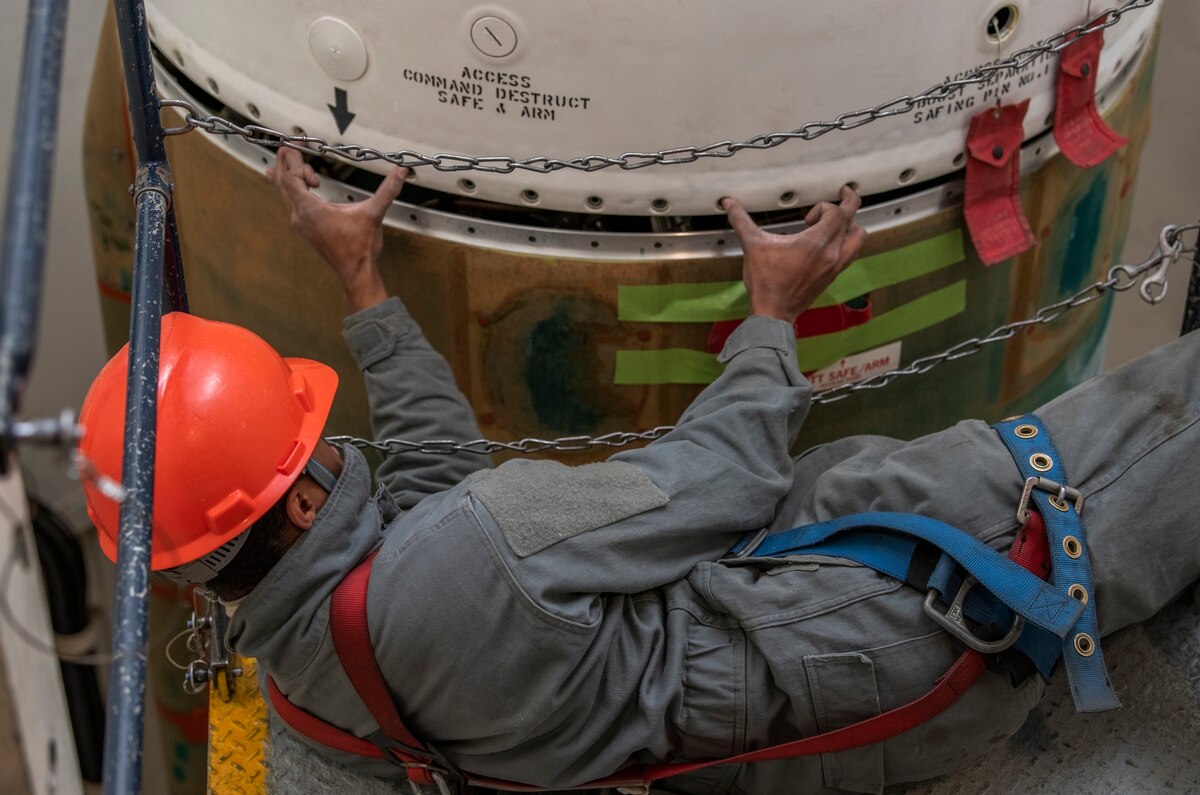
WASHINGTON — An award for the U.S. Air Force’s Ground Based Strategic Deterrent program is slated to be granted by the end of September, but it could happen earlier, the service’s acquisition executive said Thursday.
“I think early award is possible on GBSD,” Will Roper told reporters during a teleconference. “I’m very hopeful, but because GBSD has a large component of classified work, that team is having to go in and maintain workforce in our [sensitive compartmented information facilities] and in our classified spaces. So we’re watching very carefully to make sure the installations are open to allow that work.”
As the sole bidder on the GBSD program, Northrop Grumman is anticipated to win an estimated $85 billion to design and build the Air Force’s next-generation intercontinental ballistic missiles.
ACTION ALERTS
Nothing Found
It seems we can’t find what you’re looking for. Perhaps searching can help.
Nothing Found
It seems we can’t find what you’re looking for. Perhaps searching can help.
Interfaith Panel Discussion on Nuclear Disarmament - August 9
Nothing Found
It seems we can’t find what you’re looking for. Perhaps searching can help.
New Nuclear Media
Nothing Found
It seems we can’t find what you’re looking for. Perhaps searching can help.

